Fort Condor is back in Final Fantasy 7 Rebirth after a successful stint in the FF7 Remake Intergrade DLC, as we’ve got a bunch of top tips to help you hold down the Fort Condor.
As with everything we’ve seen from the remade FF7 content, Final Fantasy 7 Remake Intergrade‘s Fort Condor minigame gave the classic tower defense distraction a substantial makeover. It returns in Final Fantasy 7 Rebirth, and again, thankfully, you don’t need copious amounts of Gil to take part—my OGs understand the pain.
FF7 Rebirth‘s Fort Condor appearances tie into the Junon Protorelic activity. You’ll need to win four battles, unlocking a tougher final Hard fight, and we’ve got some essential tips for you.
How to unlock Fort Condor mini-game in Final Fantasy 7 Rebirth
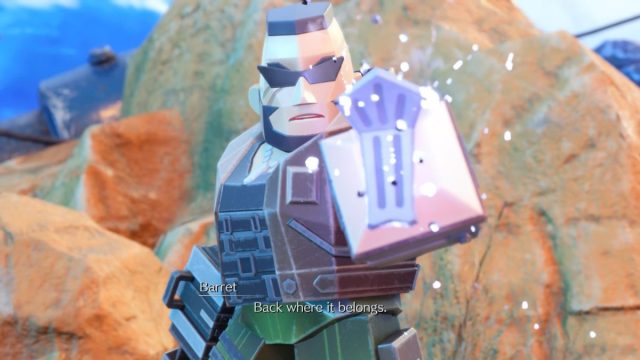
To unlock and play Fort Condor in Final Fantasy 7 Rebirth, you will need to reach the Junon Region and seek out the four Protorelic Intel activities scattered around the region—easily discovered by activating Remnawave Towers in the region.
Each Region has a different theme attached to the retrieval of a Protorelic, the Grasslands Protorelics kick things off, and Junon’s just so happens to be Fort Condor. Simply win all four battles by defeating the enemy’s main defenses holding down the… you know the rest.
To conquer Fort Condor here are some top tips that apply to both Hard Mode and those experiencing Fort Condor for the first time.
Best tips for beating Fort Condor on Hard Mode in Final Fantasy 7 Rebirth
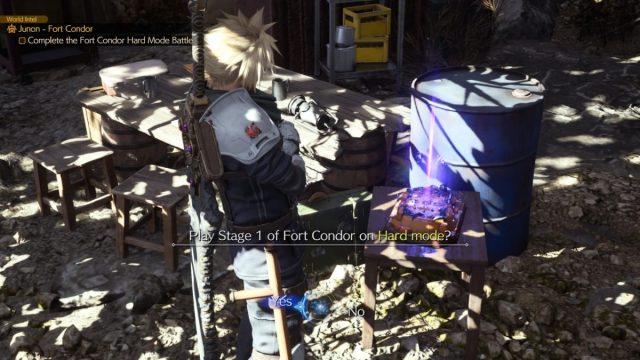
1) Hard mode is a different beast
To beat Fort Condor on Hard Mode, you need to be both more disciplined when it comes to how often you spam soldiers, and you need to be more diligent when it comes to planning and forward thinking.
If you’ve already made your way through the earlier Protorelic encounters, then you can now re-enter each board in an attempt to beat the encounters on Hard Mode. The crucial difference on Hard Mode is you are limited in how many of each unit you can send to the playing field.
For example, whereas previously your less-powerful units could be used an unlimited amount of times, each unit now has a cap of two or three uses.
2) Understand Strengths and Weaknesses
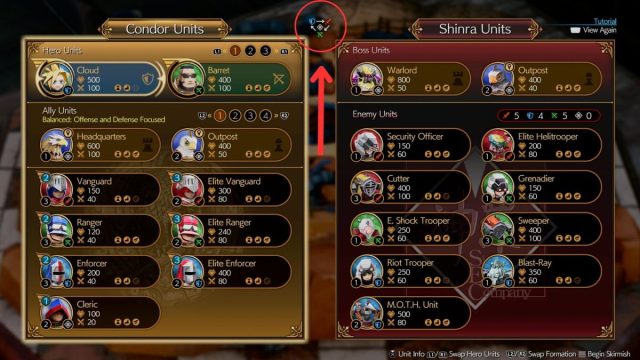
Each unit is categorized by one of four types: Defense, Vanguard, Ranged, and Neutral. Using Pokémon as a prime example, each type has a weakness that can be exploited (apart from Neutral).
If the enemy sends out a Defense-type enemy, then hit it with a Ranged soldier to do the most damage. If a couple of heavy-hitting Cutters (Vanguard enemies) are inbound, rebuttal with two of your Enforcers (Defense enemies) and so forth.
The only noteworthy presences that are considered Neutral are Clerics, Trebuchets, and the final defenses for each side. If a team reaches them, then it’s all hands on deck to unite and bring them down.
3) Earn and use your Heroes at the right time
Before each fight, you are allowed to select two Hero units to come to your aid, and it’s any combination of Cloud and Barret, Cloud and Tifa, or Barret and Tifa.
The key differences are HP, type, and abilities. For me, I only look at the type in conjunction with the forces the opposition has. For example, using the screenshot above, Shinra units only consist of four Defense types compared to Vanguard and Ranged units. In this instance, I favor Cloud and Tifa as their types need to bring down a more substantial number of units they’re strong against.
We then need to earn them on the Battlefield too. To do this, deploy units of that Hero’s type. Using Cloud as an example favors a Defense bias, so you need to deploy Defense units to the battle, and the power of the unit will determine how much you fill up your Heros’ readiness meter—viewable in the top-left corner.
I prefer deploying units applicable to my Heroes so I’ve got them available for when I need them.
The two best times to use your Hero are if, like me, you’re extremely aggressive and can push the deployment line high up the field, then use your Hero to maintain the advantage. Another crucial time to use a Hero is if one side is being hounded by two or three units. A Hero can turn the tables and get you back on track.
4) Don’t take your eyes off the real-time threat meter
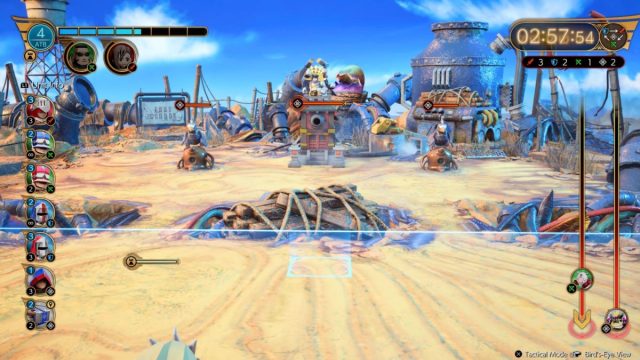
If you look to your right, you’ll see a real-time tracker showing you every enemy unit being deployed, when it’s being deployed, where it’s being deployed, and how many of them are being deployed at any one time—the word deployed has lost all meaning. Quite simply, if you do not keep checking this meter you won’t win!
While not as deep as other tower defense simulators out there, the key to Fort Condor is being one step ahead of your opponent. Constantly check the meters so you know which units you need to throw at the enemy and where.
5) Have the right balance
This tip is entirely subjective, just like choosing the best Party in Final Fantasy 7 Rebirth, but the setup that worked best for me was “Balanced: Offense and Defense Focused.“
Quite honestly, it does what it’s supposed to do, it gives me a mixed lineup of attack-minded units and defensive stalwarts. Again, going back to the Strengths and Weaknesses tip, I may be inclined to switch things up depending on the quantity of troops I’m facing. By and large though, a Balanced formation should have you covered in all scenarios: Breaking the line, the initial phase of the battle, and the endgame push.
Fort Condor is just one slice of Final Fantasy 7 Rebirth‘s minigames. When you’ve mastered it, you should track down all Queen’s Blood cards so you can win at Queen’s Blood easily.


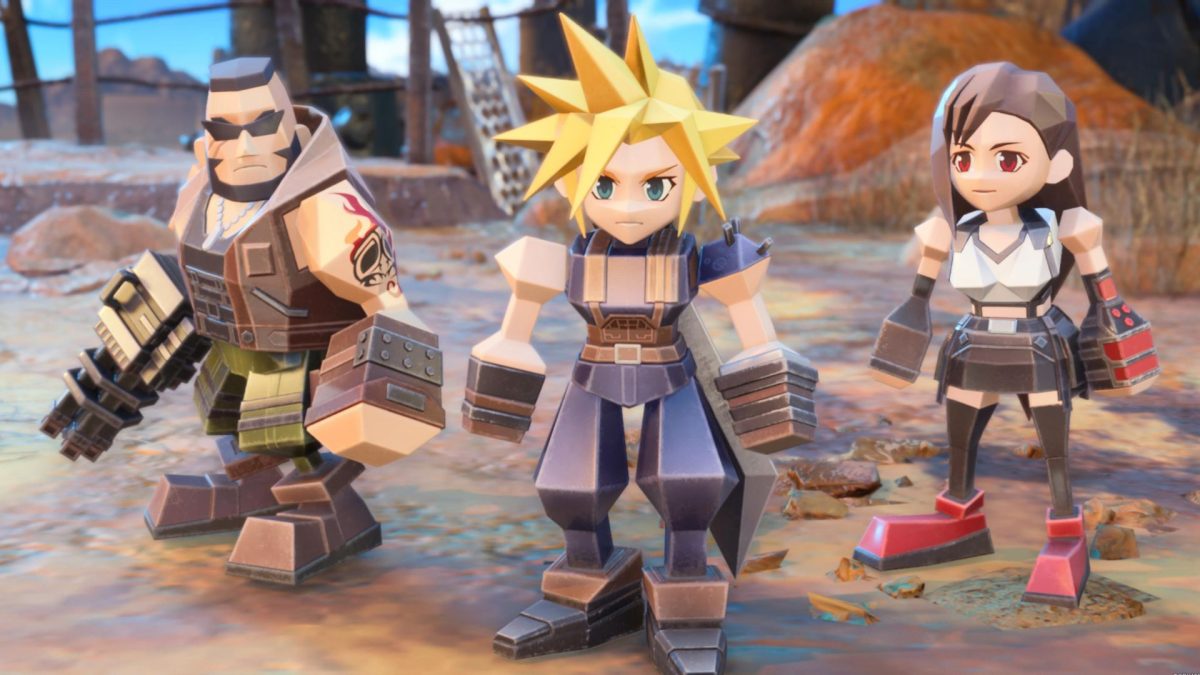

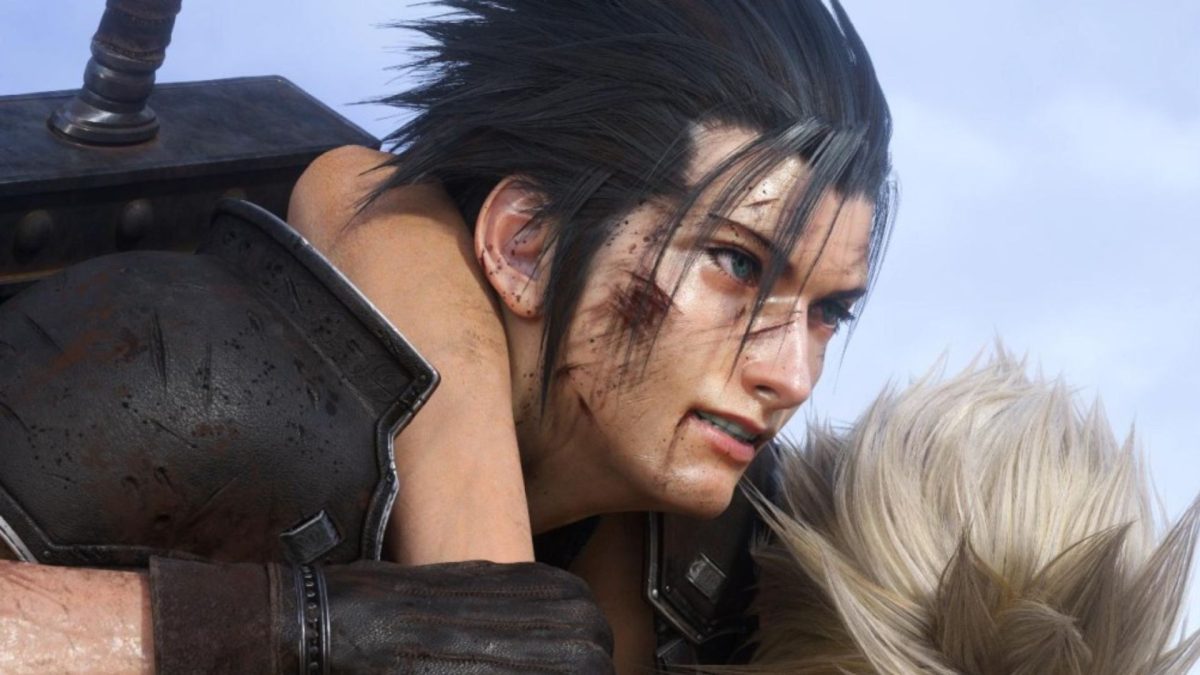
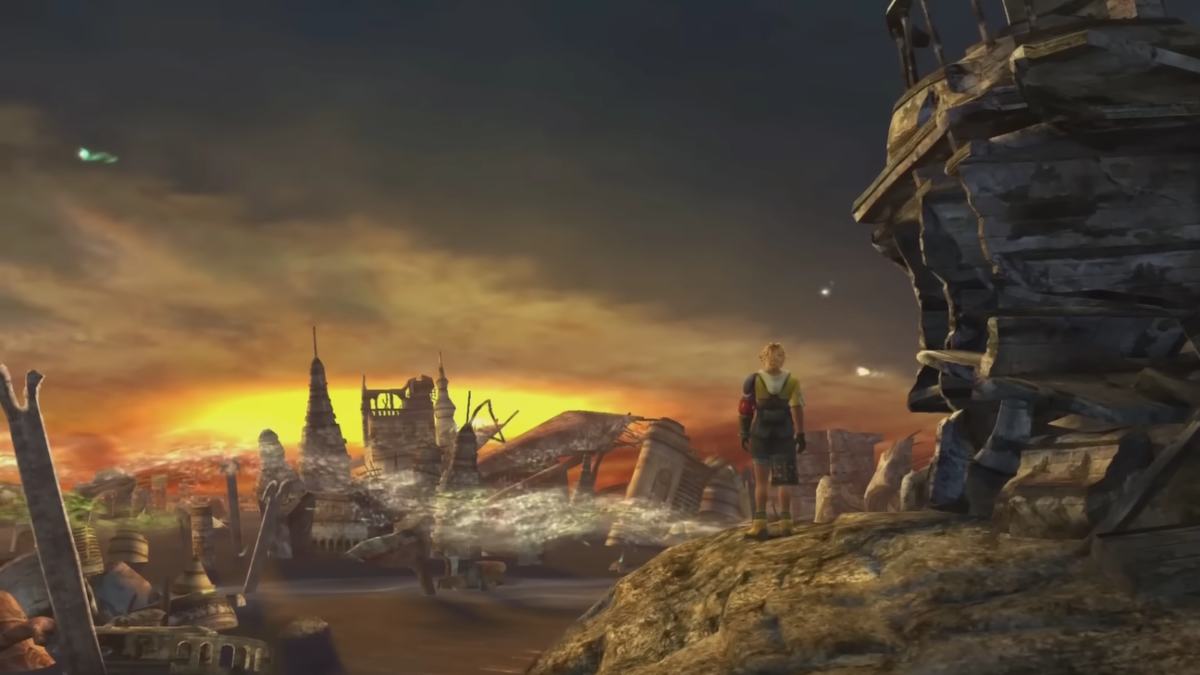
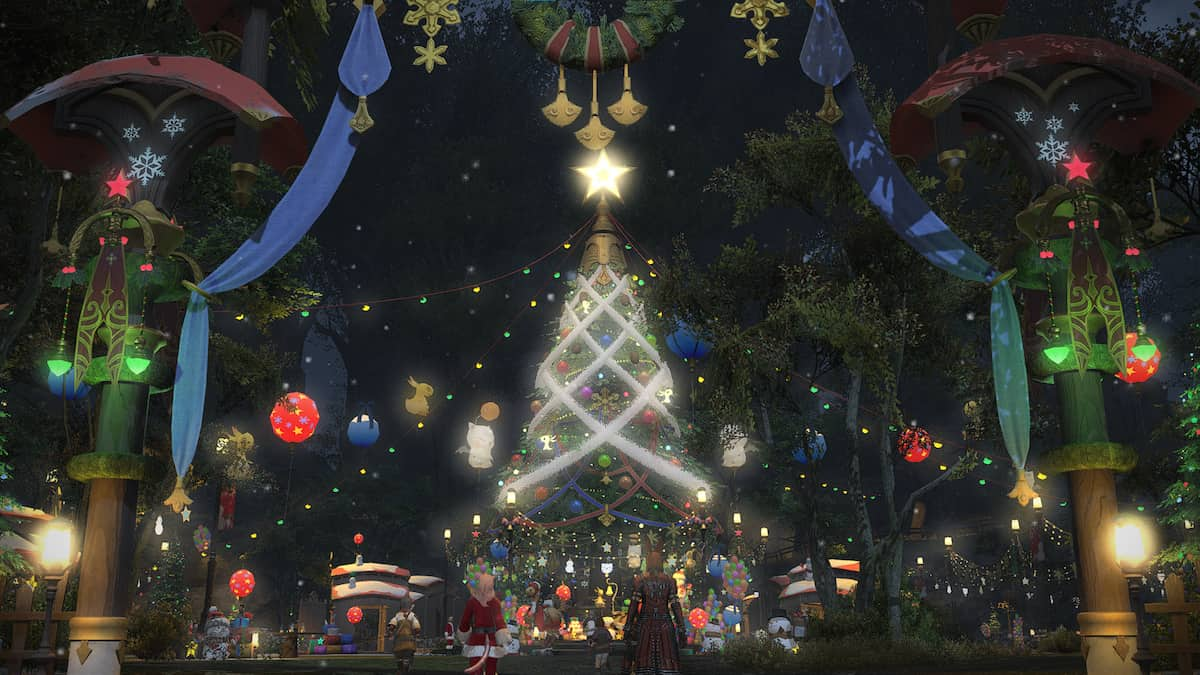

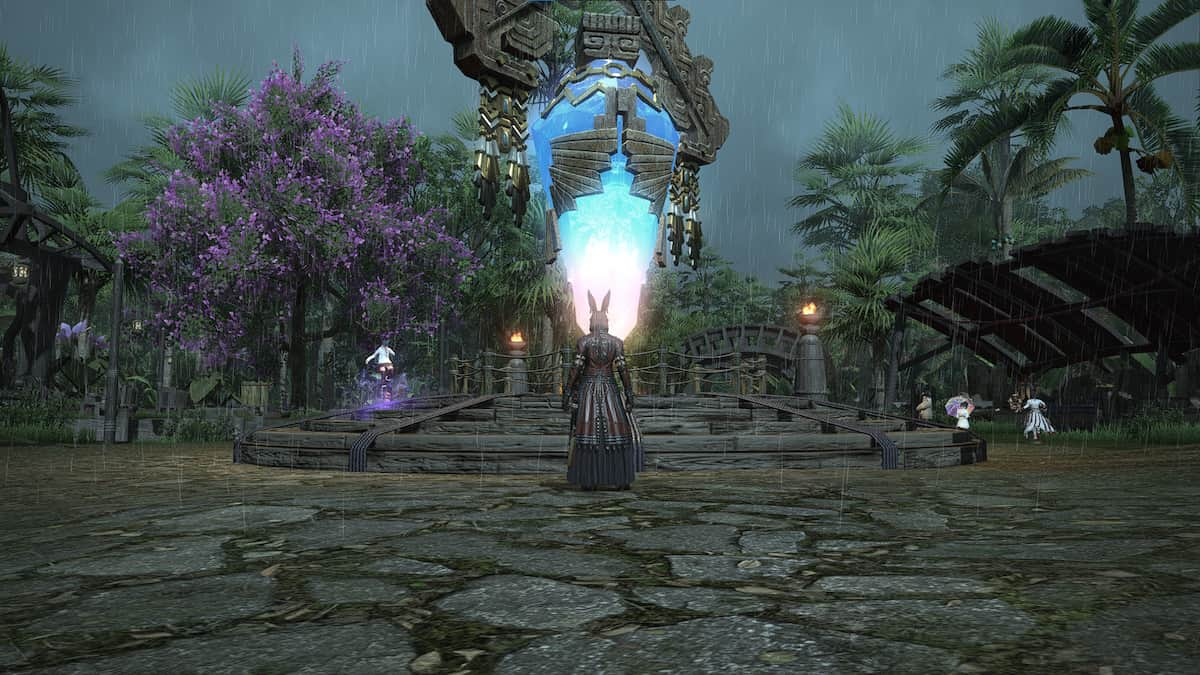

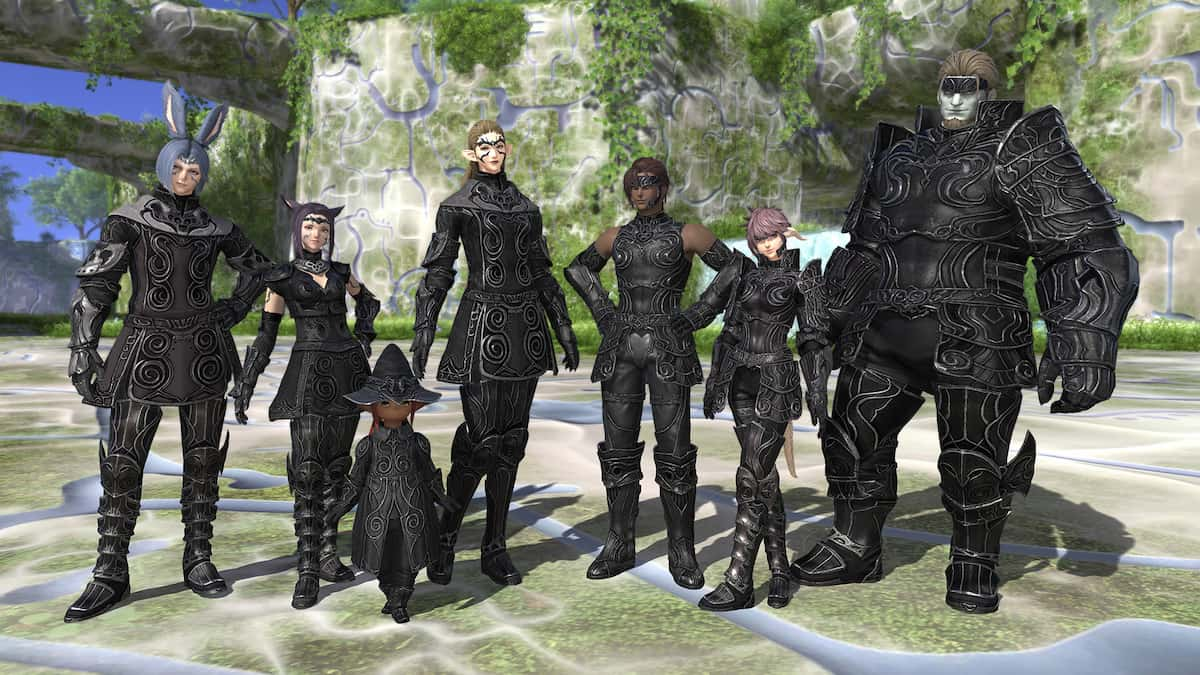
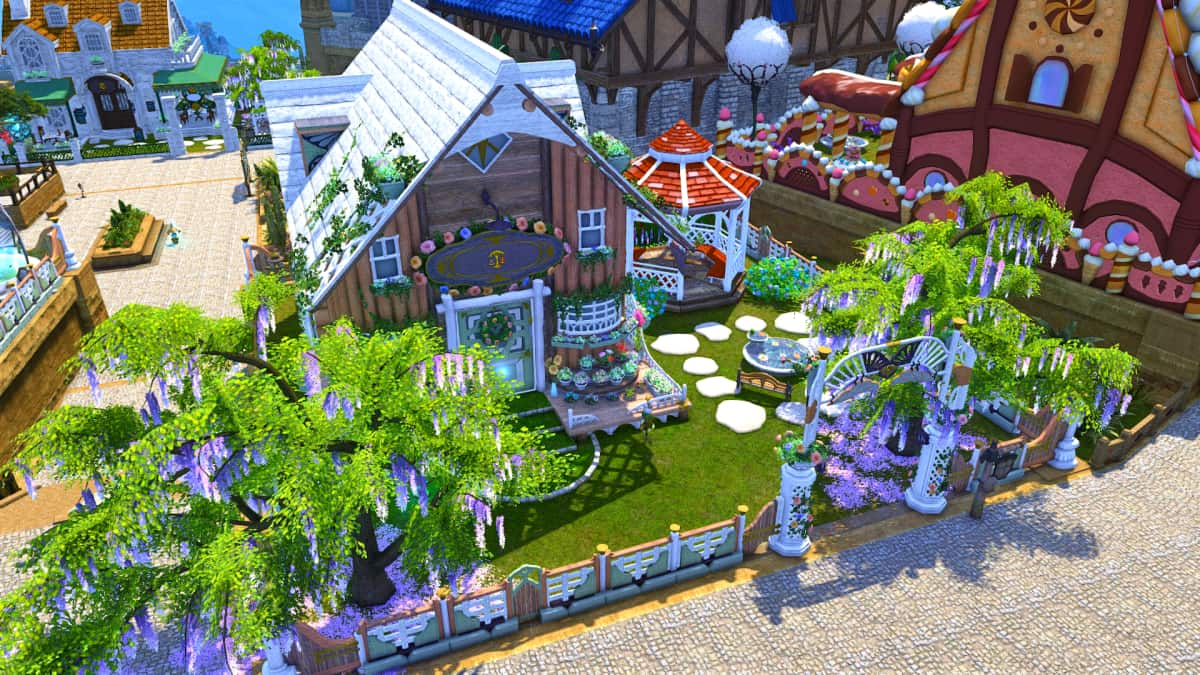
Published: Mar 3, 2024 08:32 pm